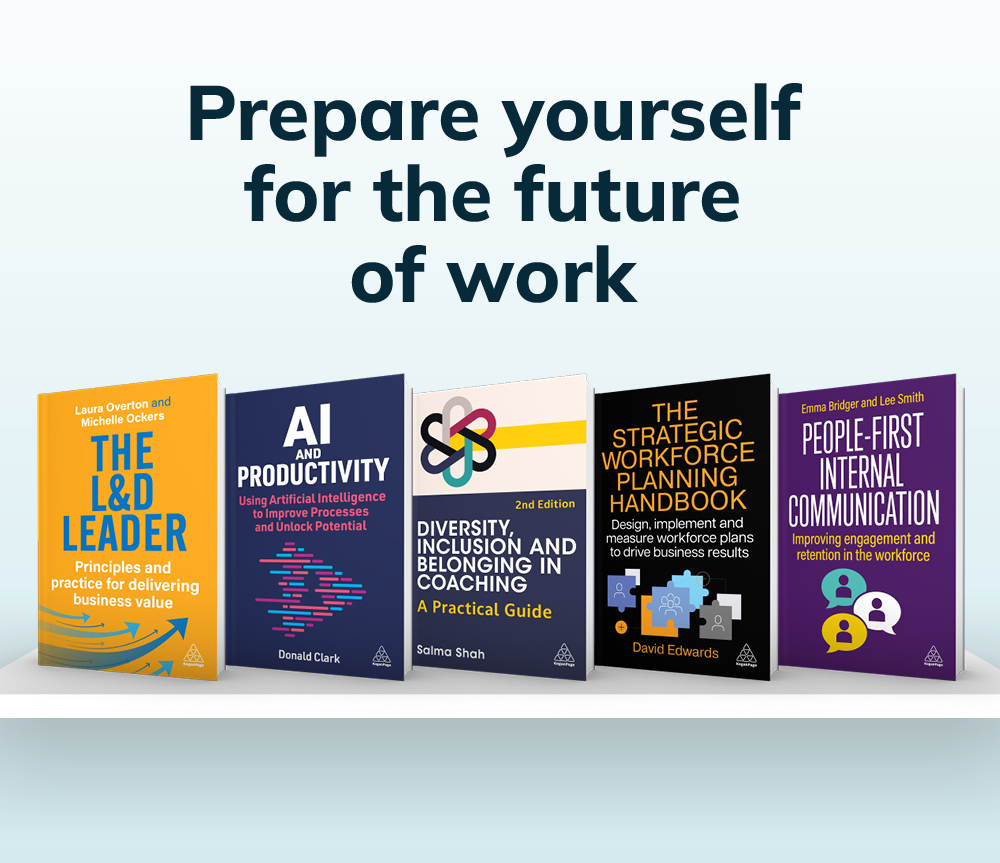Get a FREE ebook with your print copy when you select the "bundle" option. T&Cs apply.
Human Resources, Learning & Development Books
Latest books in Human Resources, Learning & Development
Trending books
Latest insights in Human Resources, Learning & Development
Learning & Development, HR Analytics People analytics exists to serve the business. It’s not about dashboards for dashboards’ sake. It’s not a pet project for HR. It’s a strategic capability, built for business outcomes, not just HR outcomes.
Human Resource Management A guide for HR leaders on using strategic influence to manage change, strengthen leadership and drive organizational success.
Learning & Development, Talent Management & Recruitment Many hiring teams focus on filling immediate gaps rather than building for the future. Here are five signs you’re hiring for today’s workplace needs and missing tomorrow’s. In this article, discover how HR leaders and talent acquisition professionals can shift from reactive recruiting to strategic workforce planning. Learn how to recognize short-term hiring patterns, design structured recruitment processes and align your talent strategy with long-term organizational goals.







